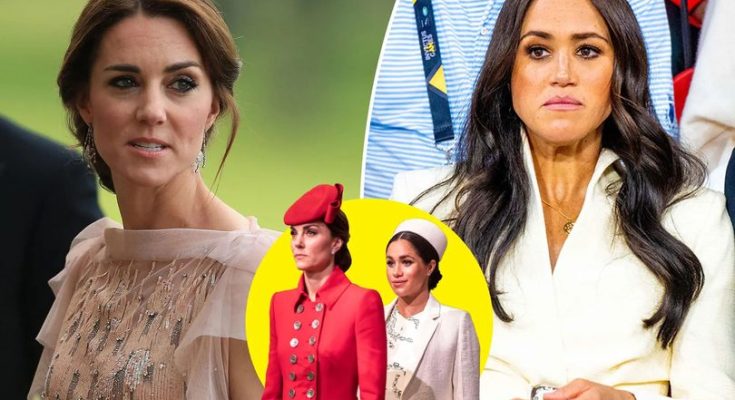.jpg)
Prince Harry had a lot of things he wanted to clear up in his 60 Minutes interview with Anderson Cooper. Chief among them? That the disintegration of his role with the royal family was a long time coming. The bonds between Harry and his brother, father, and the institution itself had frayed over the decades, he explained. The eventual collapse of those relationships had not come about because of his wife, Meghan Markle.
“It does give a full picture of the situation as we were growing up,” Harry said of his memoir Spare during his interview with Cooper. “[It] also squashes this idea that somehow my wife was the one that destroyed the relationship between these two brothers.”
From the early leaks of the book last week, it was clear Harry felt ready to address the fraught relationship with his brother first and foremost: whether alleging William prompted the physical fight in 2019 in which he pushed Harry to the floor and shattered a dog bowl that cut his back, or naming his brother an “arch-nemesis” while discussing their intense sibling rivalry with both Cooper and Good Morning America’s Michael Strahan. Harry also accused his brother’s office of leaking negative information about him to the British tabloids and revealed they had not spoken in some time, while an article in the Times of London went as far as to describe Harry’s memoir as a “character assassination of the Prince of Wales.”
By March 2019, Kensington Palace released an unprecedented statement saying that they would start monitoring and even deleting social media comments, believed by many to be a response to the onslaught of vitriol on social media prompted by rumors of Kate and Meghan’s falling out. Meanwhile, William and Harry’s relationship, which as we now know was already rapidly deteriorating, received nowhere near the same amount of scrutiny.
This isn’t to say the two women were best friends. Harry describes the British tabloid system’s constant comparison of them as creating an awkward, even tense dynamic. “I always hoped that the four of us would get on, but very quickly it became Meghan versus Kate,” he writes in Spare. “And that when it plays out so publicly, you can’t hide from that.” And it’s true that the two women got into an argument before Meghan’s wedding. (Kate later brought over flowers to apologize.)
But Meghan and Kate were never—to borrow a term from Harry—arch-nemeses. In fact, during the Sussexes’ interview with Oprah, Meghan herself deliberately asked people not to view them as such. “If you love me, you don’t have to hate her,” she said. “And if you love her, you don’t need to hate me.”
Unfortunately, the misogynistic “catfight” trope continues to be used by the media to sell papers—especially given its precedent with royal women. After Sarah Ferguson married into the royal family, she and Diana were immediately pitted against each other. (“Di & Fergie’s Bitter Feud—Who’s Sexier?” read an August 1990 cover of The Globe.) Diana was often described as less fun than Fergie, while Fergie was depicted as less glamorous than her sister-in-law; the tabloids, with particular cruelty, labeled Fergie “the frump” and “the Duchess of pork.” “We were just there for people to make a lot of money,” Ferguson reflected years later. “At the time we both didn’t realize that.”
As the fallout from Spare continues—and with most of the potentially damaging claims focusing on William, Charles, and Camilla Parker-Bowles—it’s clear now that both Meghan and Kate were smaller pawns in a larger game of thrones, despite making up the lion’s share of the press coverage.
As Vogue’s Michelle Ruiz previously wrote: “The purported Kate-versus-Meghan divide has never been about the women, really, but the forces of racism and sexism working against them, a mirror held up to the unflinching British monarchy and toxic tabloid media.” Maybe after all this, we’ll start to rethink the “warring women” narrative the next time it’s splashed across a homepage—or maybe that’s just wishful thinking.



